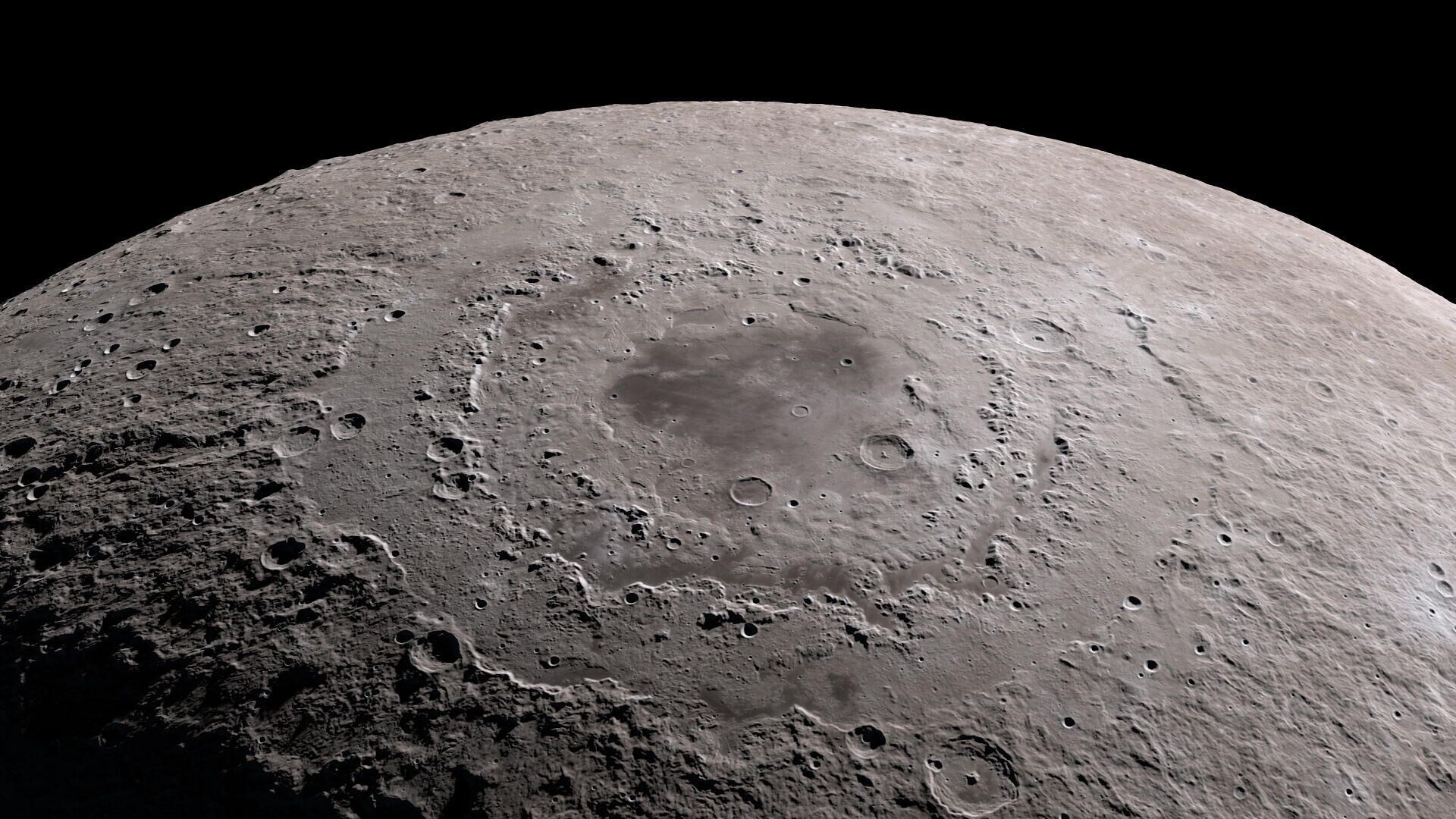https://sputnikglobe.com/20220115/moons-crust-may-have-formed-from-slushy-magma-ocean-scientists-suggest-1092276033.html
Moon's Crust May Have Formed From 'Slushy Magma Ocean', Scientists Suggest
Moon's Crust May Have Formed From 'Slushy Magma Ocean', Scientists Suggest
Sputnik International
The lunar crust consists primarily of oxygen, silicon, magnesium, iron, calcium, and aluminium, with a trace of other elements. The surface of the Moon has... 15.01.2022, Sputnik International
2022-01-15T11:16+0000
2022-01-15T11:16+0000
2022-01-15T11:16+0000
science & tech
moon
crystal
https://cdn1.img.sputnikglobe.com/img/07e6/01/0f/1092276202_0:0:1920:1080_1920x0_80_0_0_7cfc44439ec79e6ecc5718c4b2944299.jpg
The Moon's crust could have initially been an ocean of "slushy magma" that froze over the course of hundreds of millions of years, new research led by the University of Cambridge has suggested.An international team of scientists have introduced a new model of crystallisation, pondering the behaviour of moon rocks in an early "liquid magma" moon with crystals suspended it over a long time as the magma froze.Certain regions of the Moon's surface called highlands are made of relatively light rocks called anorthosites, formed in the early history of Earth's satellite. Similar anorthosites that formed due to magma crystallisation can be found in fossilised magma chambers on Earth.But given the range of ages and compositions of the anorthosites on the Moon, and what is already known about how crystals settle in solidifying magma, the lunar crust must have formed through some other mechanism, the scientists concluded - and came up with a mathematical model to find out.The settling of crystals is difficult in low lunar gravity, particularly when the connecting magma ocean strongly stirs them. But if they were suspended in a so-called "crystal slurry", this would make it easier - especially closer to the surface, where a crystal-rich lunar "lid" can be formed.Such a "slushy machine" had been working for several hundreds of millions of years, according to the scientists, and these estimations correspond to the observed ages of the lunar anorthosites.
Sputnik International
feedback@sputniknews.com
+74956456601
MIA „Rossiya Segodnya“
2022
News
en_EN
Sputnik International
feedback@sputniknews.com
+74956456601
MIA „Rossiya Segodnya“
Sputnik International
feedback@sputniknews.com
+74956456601
MIA „Rossiya Segodnya“
science & tech, moon, crystal
science & tech, moon, crystal
Moon's Crust May Have Formed From 'Slushy Magma Ocean', Scientists Suggest
The lunar crust consists primarily of oxygen, silicon, magnesium, iron, calcium, and aluminium, with a trace of other elements. The surface of the Moon has three features: highlands, maria, and craters, and it is on average about 50 km thick.
The Moon's crust could have initially been an ocean of "slushy magma" that froze over the course of hundreds of millions of years, new
research led by the University of Cambridge has suggested.
An international team of scientists have introduced a new model of crystallisation, pondering the behaviour of moon rocks in an early "liquid magma" moon with crystals suspended it over a long time as the magma froze.
Certain regions of the Moon's surface called highlands are made of relatively light rocks called anorthosites, formed in the early history of Earth's satellite. Similar anorthosites that formed due to magma crystallisation can be found in fossilised magma chambers on Earth.
"Since the Apollo era, it has been thought that the lunar crust was formed by light anorthite crystals floating at the surface of the liquid magma ocean, with heavier crystals solidifying at the ocean floor", said co-author Chloé Michaut from Ecole Normale Supérieure de Lyon. "This 'flotation' model explains how the lunar highlands may have formed".
But given the range of ages and compositions of the anorthosites on the Moon, and what is already known about how crystals settle in solidifying magma, the lunar crust must have formed through some other mechanism, the scientists concluded - and came up with a mathematical model to find out.
The settling of crystals is difficult in low lunar gravity, particularly when the connecting magma ocean strongly stirs them. But if they were suspended in a so-called "crystal slurry", this would make it easier - especially closer to the surface, where a crystal-rich lunar "lid" can be formed.
"We believe it's in this stagnant 'lid' that the lunar crust formed, as lightweight, anorthite-enriched melt percolated up from the convecting crystalline slurry below", said Neufeld. "We suggest that cooling of the early magma ocean drove such vigorous convection that crystals remained suspended as a slurry, much like the crystals in a slushy machine".
Such a "slushy machine" had been working for several hundreds of millions of years, according to the scientists, and these estimations correspond to the observed ages of the lunar anorthosites.

